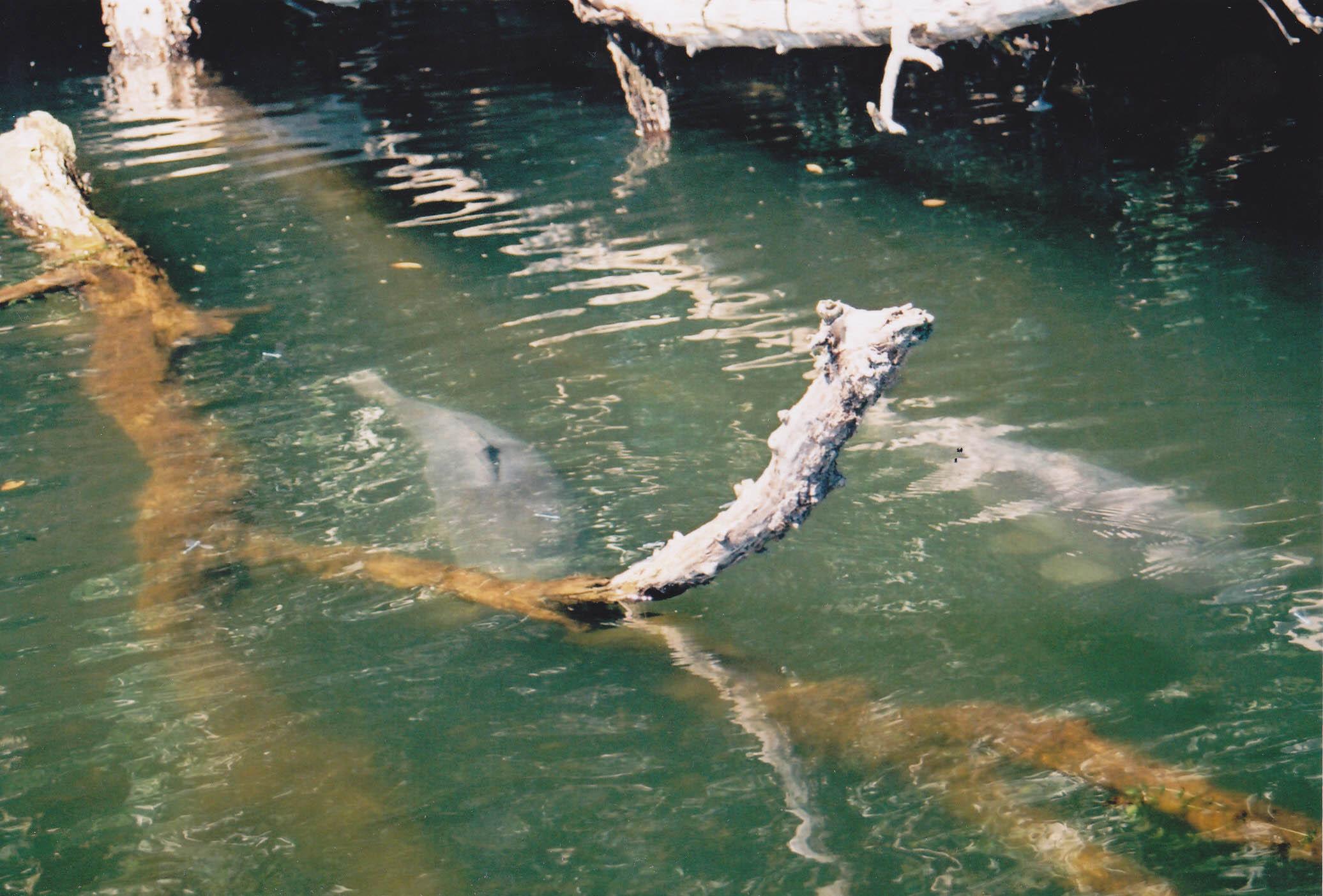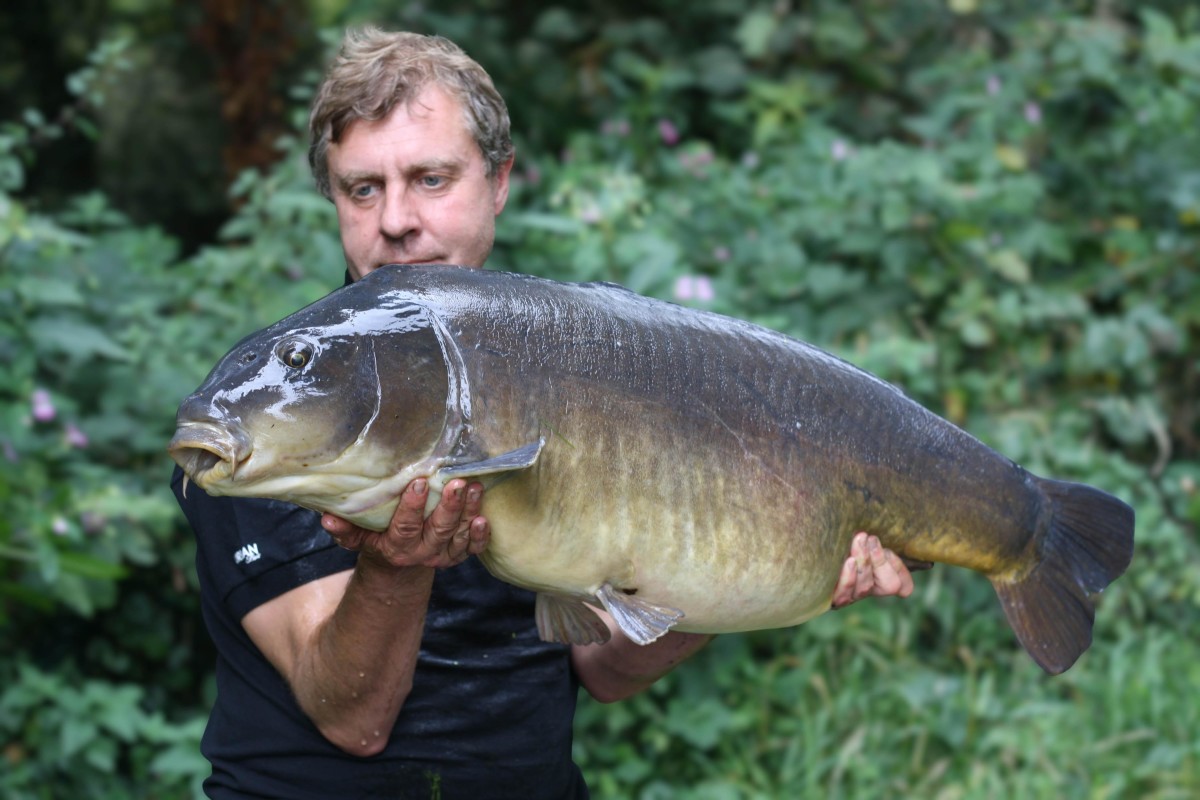
Bait Application - How To Apply It
Terry Dempsey continues where he left off, as he looks, in particular, at how to go about locating potential spots on a new water, and how to make the most of them!
Time seems to pass much more quickly as you get older, and it feels as though it was only yesterday when I sat writing my first article about bait application. Considering it was actually a month ago, I really don’t know where the time has gone. In that first piece, I touched on some of the basic methods we use, and how we might approach each scenario we’re faced with. In this article, we will continue in the same vein, and take an in-depth look at the methods we might use, and scenarios we could be faced with when tackling a new lake, or one where a fresh approach is needed.
In my opinion, fishing for carp should be regarded as a marathon, rather than a sprint. By this I mean the longer you fish a water, the more in-tune you will become with it. We have all come across anglers who, after arriving at a new lake, proceed to hammer it. Then, within just a few months, they begin to struggle, and continue to do so for the next season or two. This is usually down to them having preconceived ideas, and their failure to adapt and revise their approach. This has become less apparent in the past decade or so, however, since the advent of social media, and given that wrap sticks are now used. Nowadays, it’s quite likely that an angler might turn up at a venue and fish the same number of wraps as the previous twenty, given what they’ve picked up off Facebook or Instagram, perhaps.
On a lake in Kent several years back, the regulars told me to fish the deep gullies and steer clear of the tops of the bars. Over the three seasons I fished the water, however, many of my best catches actually came from the tops of the bars. The key to catching carp consistently is to change with the seasons, and the times. An angler who has fished a lake for several years will know what to expect as the weather and conditions alter, but will they be able to adapt as the fish become more astute? Fish learn quickly.
Other anglers have said to me that fish are not clever and cannot use their awareness and previous experiences to avoid being caught, but I disagree. I believe that carp are super sensitive to their environment, and as such, will adapt quickly, and will indeed try to avoid getting caught. It is no coincidence that when a lake receives a stock of new fish, the newly introduced carp will get caught quite regularly before they then apparently disappear, only to make the odd appearance, if any. I have known of many carp that haven’t come to the bank regularly at all, but when you see them in the margins, or close to snags, they’ll often gorge bait like there’s no tomorrow.
At Savay, there were some snag trees along one of the banks, and the carp would gather there during the day. Some days it was like an aquarium; there would be fish everywhere. These carp knew they were safe there, and would eat bait literally from your hand. As soon as they left the sunken tree, though, their guard would be up. Many would evade capture for years on end.
Stoneacres was another great example of a venue where the fish wised up. Through the use of a glass-bottomed bucket, we were able to see our baited spots as clear as day. We would pile in bait and lower the rigs amongst it. I’d sit, sometimes for days, watching carp rolling and fizzing over the spots, but the rods would see no action at all. When eventually, I went out in the boat to check the area, only my rigs remained. With carp being such intelligent creatures, it really is hard for the angler to stay ahead of his or her quarry.
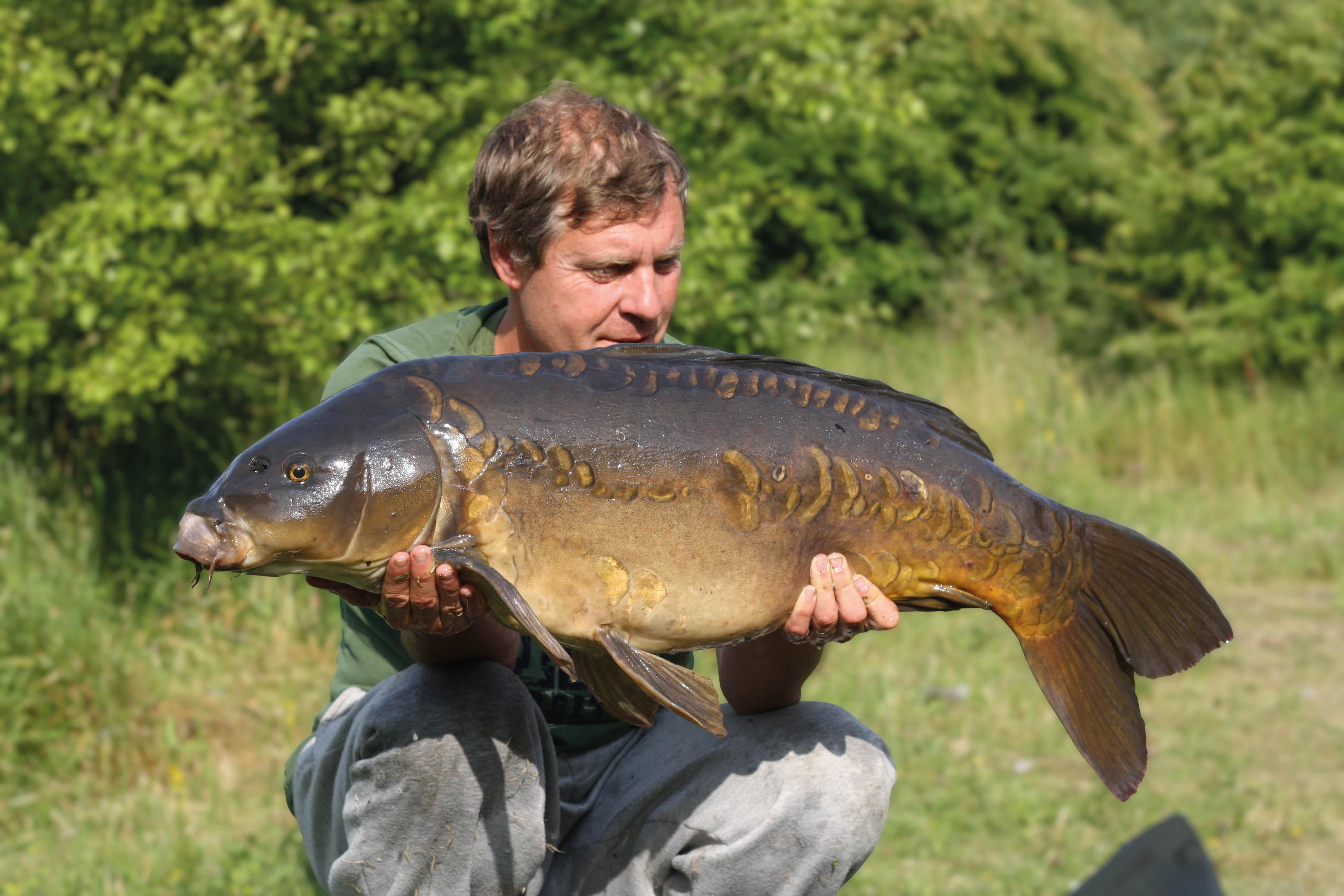
1. Depths
I recently joined a new water not too far from where I work, a gravel pit of around 35-acres. During the week, I took a rod over to have a cast around. With no marker float, I punched a lead out and felt it down each time. I found that much of the lake is very shallow, maybe four or five feet, whereas some is deeper. The deeper area was maybe six to eight feet. Where I am going with this, is where do you start when you arrive at a new lake?
The first thing I like to do is walk around it a couple of times to try and get a feel for the place, as I also look for features such as islands, reedbeds or marginal snags. I like to watch and try and find out if there are any regularly used patrol routes, like water between islands, for instance. Once I have an idea of where the likely looking areas are, I will then have a good lead around. The main thing I am looking to establish is the average depth. If it’s a deepish water, with depths between 12 and 20ft, say, I will look for shallow bars or plateaux. I’ll look for around 8ft in 12ft of water, or 16ft in 20. I have always liked to fish on areas where the lakebed rises. Here, the bait will effectively sit up in the water column, and carp will be attracted to the area.
On shallow lakes—anything between 3 and 10ft deep—I generally look for areas over 5ft. My favourite trick on extremely shallow lakes is to use the swans as a depth gauge. I’ll start by baiting across the shallow area into the deeper water. The swans will then start to eat the bait from where it’s shallow enough for them to do so, before they make their way into the deeper water. Once the birds have to bob up and down to reach the bottom, I know that it’s becoming too deep for them to reach the bait. This, in the past, has proved a brilliant method for establishing where I should place my bait, as whilst it’s just out of reach of the hungry swans, it remains in relatively shallow water.
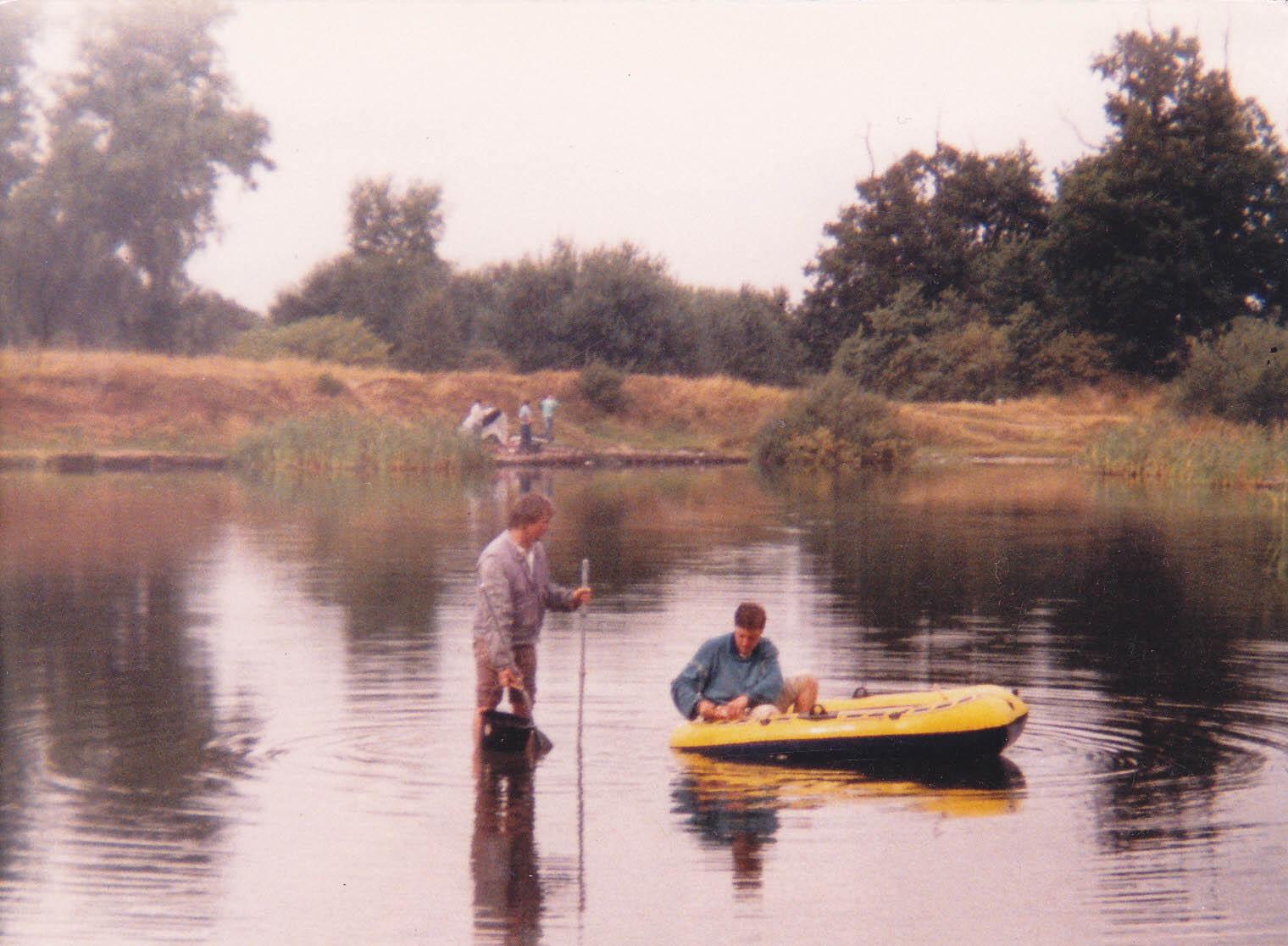
Over the years, I have done well fishing the tops of bars. In the old days we would pull the lead up the back of the bar until it reached the top. These days, the last thing I would want to do is drag my sharp hook up the back of a bar and blunt it. What I do now is cast all around the shallow plateau or gravel bar, searching for the humps and troughs, using the time it takes for my lead to hit the bottom to establish the depth. Another old trick of mine was to pull the lead off the top of the bar until it fell into the deep gulley my side of the feature. Nowadays, I will cast just short, and feel the lead down as tight to the feature as possible.
My favourite part of carp fishing is visiting a new lake and learning about the bottom make-up. It is like a surprise every time the lead lands in a new part of the venue, as you just don’t know what to expect. I also try to look at my line-lay when I’ve found a new spot to bait. The last thing I want is a tight line, running like a tightrope through my baited area. This is why fishing on shallow humps is so good, as you can let the line lay limp your side, keeping it well out of the way of your bait.
The beauty of using three rods is that you’re able to fish them at different depths to, and around different features. As soon as one of the rods signals some action, bingo!
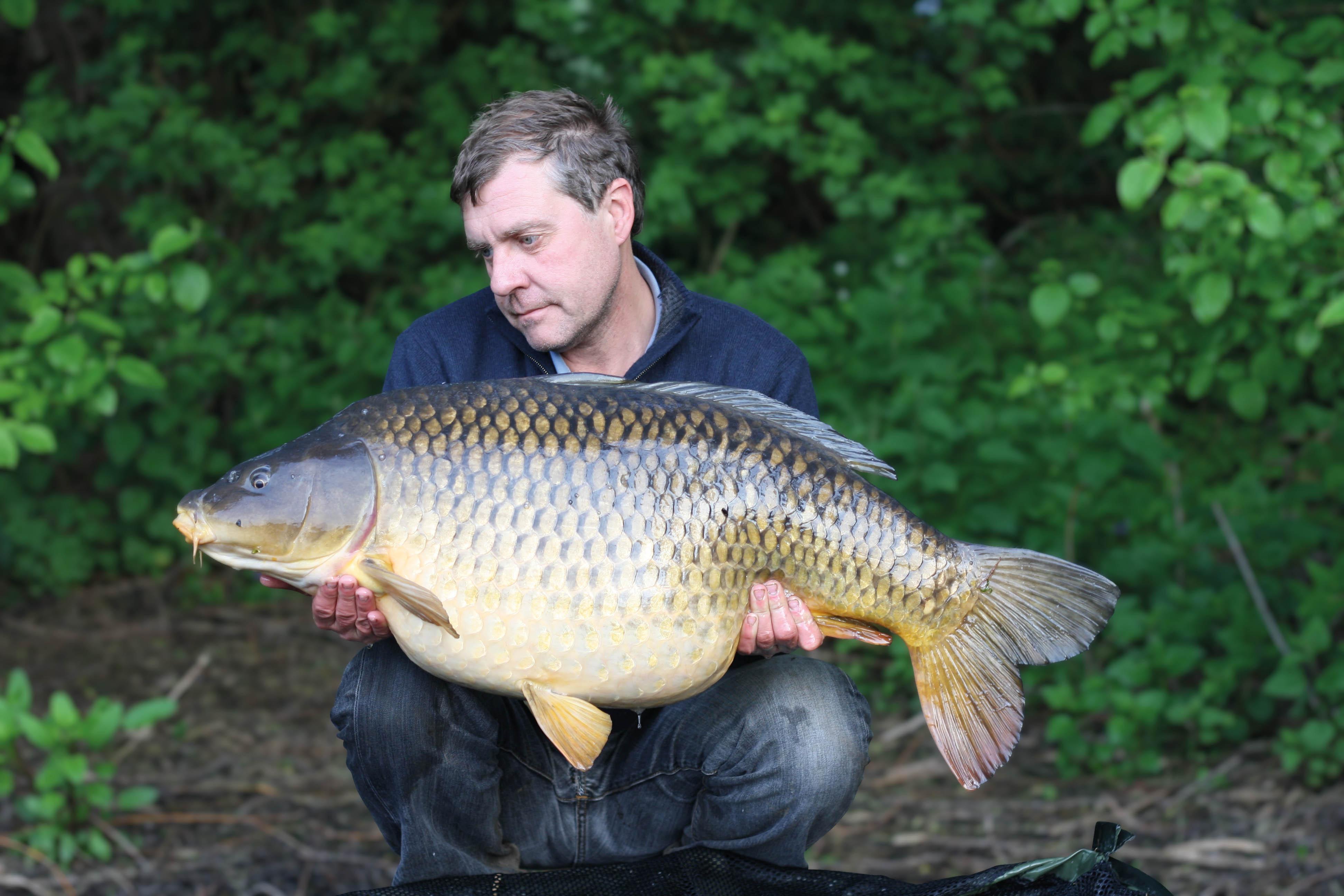
The weather will also have a big effect on the depths I fish. In the heat of the summer, I’m happy to fish in extremely shallow water. On one lake I fished several seasons back, the fish would come up onto the shallow bars during hot days. Some days they would feed in just two feet of water, and I’d see huge tails waving around above the surface, over the bait.
2. Baiting at Different Depths
One of the most successful methods I have used during past seasons has been to bait along a series of depths, in a long line. Having found the top of a hump, I will bait in a line down to the deeper water. This strategy helps pull fish up from the deeper water, into the shallows, and vice versa. I’ll then fish my rods at varying depths, perhaps one on the shallowest part of the spot, one in the deep water, and another between the two. By fishing like this, I’ve found that I’ll catch at different times of the day, as the water warms up.
On the Tip Lake at Darenth during the 1980s, we would catch at different times, and from different depths, just as I’ve described. The tops of the bars were most productive during the heat of the day, whereas the deep-water rod would often belt off early in the morning when the temperature was at its lowest.
One thing I have noticed through all the years I have fished for carp, is how anglers turn up at a lake and then bait an area where they’ve seen fish. This can be good for a quick bite when using a single bait or fishing a Zig Rig, but for campaign-fishing, it’s the wrong way of going about it. Carp are creatures of habit, and they will frequent different areas of the lake at different times, so turning up for an overnighter and then fishing the warm-water spot is not going to be as effective as fishing the areas where the carp like to head to at night. I like to always get in front of the fish, and find where they are heading next, instead of baiting where they are.
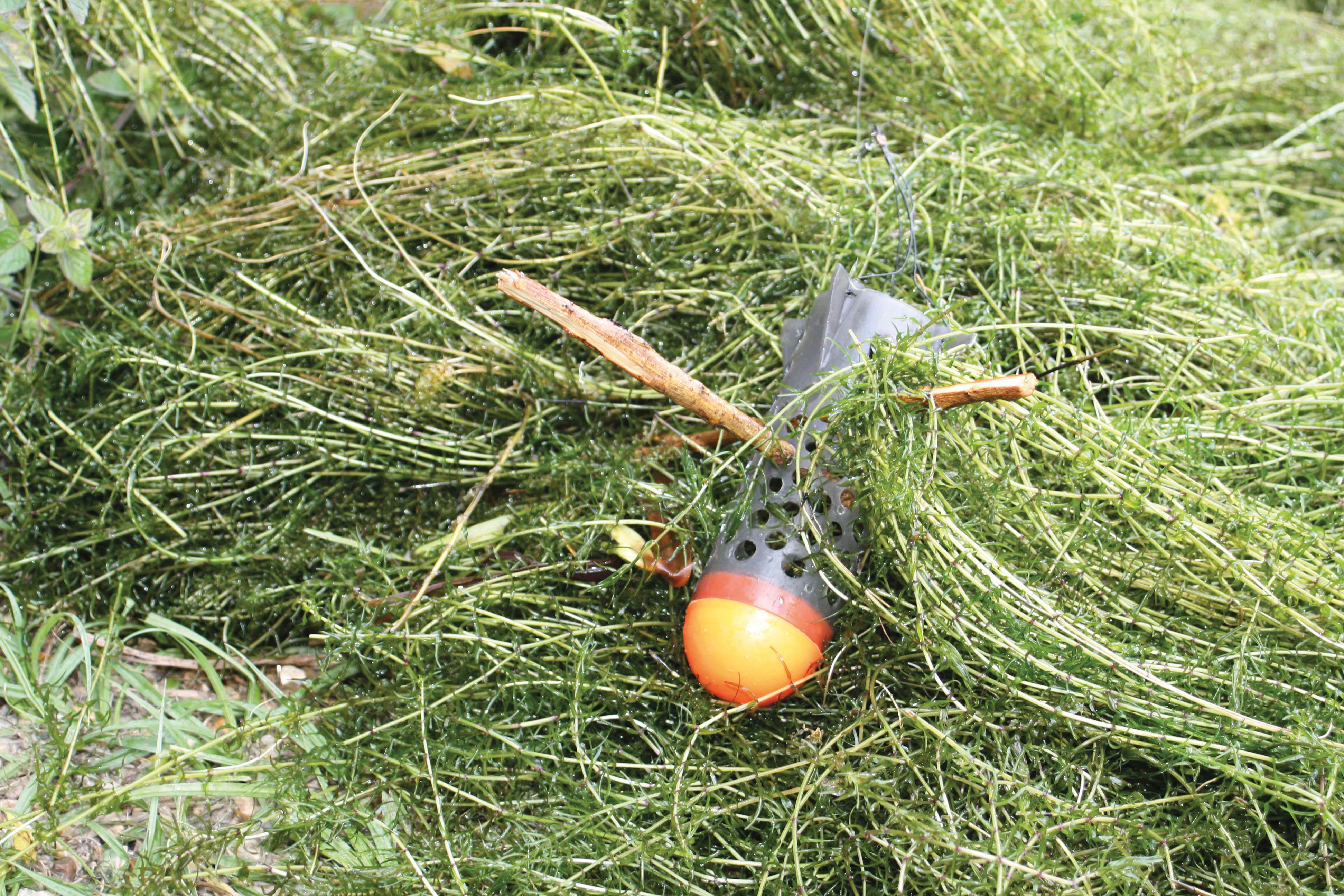
Mornings are always a good time to spot feeding carp. As such, it’s my favourite time for doing so. Then I will wait for them to leave as they head to areas where they sun themselves during afternoons, before I bait where they’ve spent the morning. This has worked well for me over the years, so if you fish afternoon sessions, find where they like to go during that time. Pre-planning a session or a campaign is the route to its success. Fish will move through different zones like clockwork. Usually, as the sun makes its way across the sky, the fish follow. You can base an effective plan of attack, and bait up in accordance with how the sun, and indeed the fish move. Establish the movements of the carp, having taken into account the various depths of the water you’re fishing. Then, you can bait an area prior to fishing it; this can prove a massive edge.
3. Gardening The Spot
Something I enjoy as much as the fishing is the preparation. Usually, when fishing for big carp, lakes will throw up numerous challenges along the way, such as weed growth and other underwater obstacles. Over the years I have had to combat lots of different scenarios.
Weed growth can prove detrimental to a successful campaign. On many occasions, I have had a spot rocking, with carp visiting it every day, only for weed growth to take hold and make it impossible to fish it just weeks later. Early spring, when the weed lies low, is a good time to get the spots baited and cleaned off, but choosing the right area is vital.
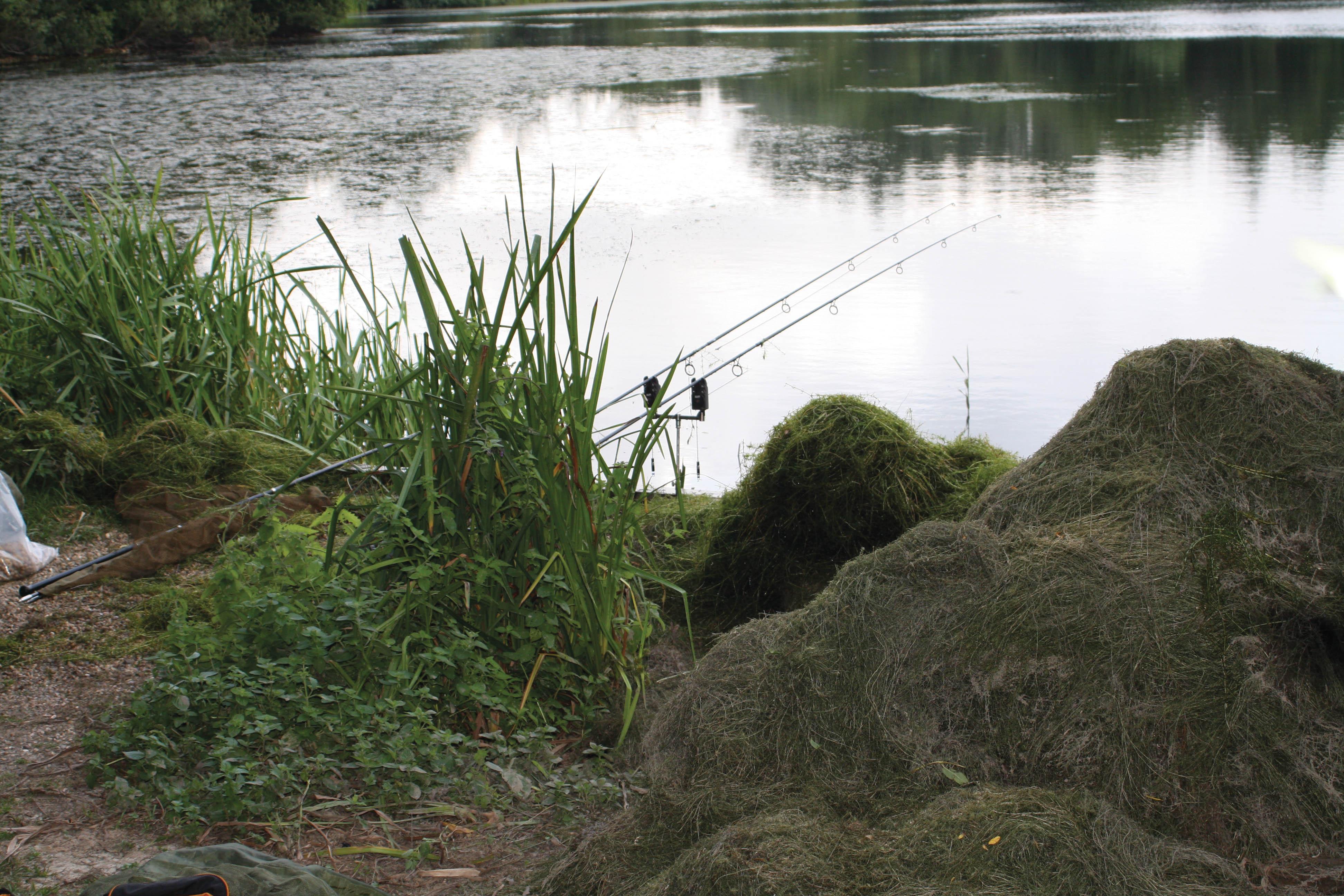
Last season I baited a spot at distance. Everything was going well until June, when the weed went through the roof, so to speak. A surface weedbed began ten yards from the bank and went out to my spot 130yds away. Fortunately, on this occasion, I had use of a boat, and over a three-day period I had to go out and pull up the weed to make a channel to the spot. Ripped-up weed was floating everywhere, and I filled my boat umpteen times before heading back to shore to fish. In hindsight, a baited area much closer to the bank would have been a far better option, and would have reduced my ‘gardening’ drastically.
Raking on weedy lakes is essential. A garden rake tied to the end of a piece of rope will suffice when clearing a spot. Raking the spot will also release the naturals hidden in the silt. Carp, and indeed many other species will come to investigate a raked spot within hours, if not minutes.
One Kent lake I fished was as weedy as hell, and the only way to get a line in was by raking a large area. Once the area had been raked, though, fish would turn up in their droves to consume the natural food that had been disturbed. Gardening spots, so to speak, is a perfect way of getting a good line-lay too. A line coming straight up off the spot will spook carp, but after raking one or two rod-lengths your side of it, your line can be allowed to lay much less conspicuously.
Along with the rake, another tool I take with me on big pits is a small pruning saw. In the past, I’ve removed lots of branches and snags so that I could get to spots others hadn’t been able to reach.
All the little tricks I’ve explained can help you with your bait application. Getting your spots rocking is the key to success on many lakes.
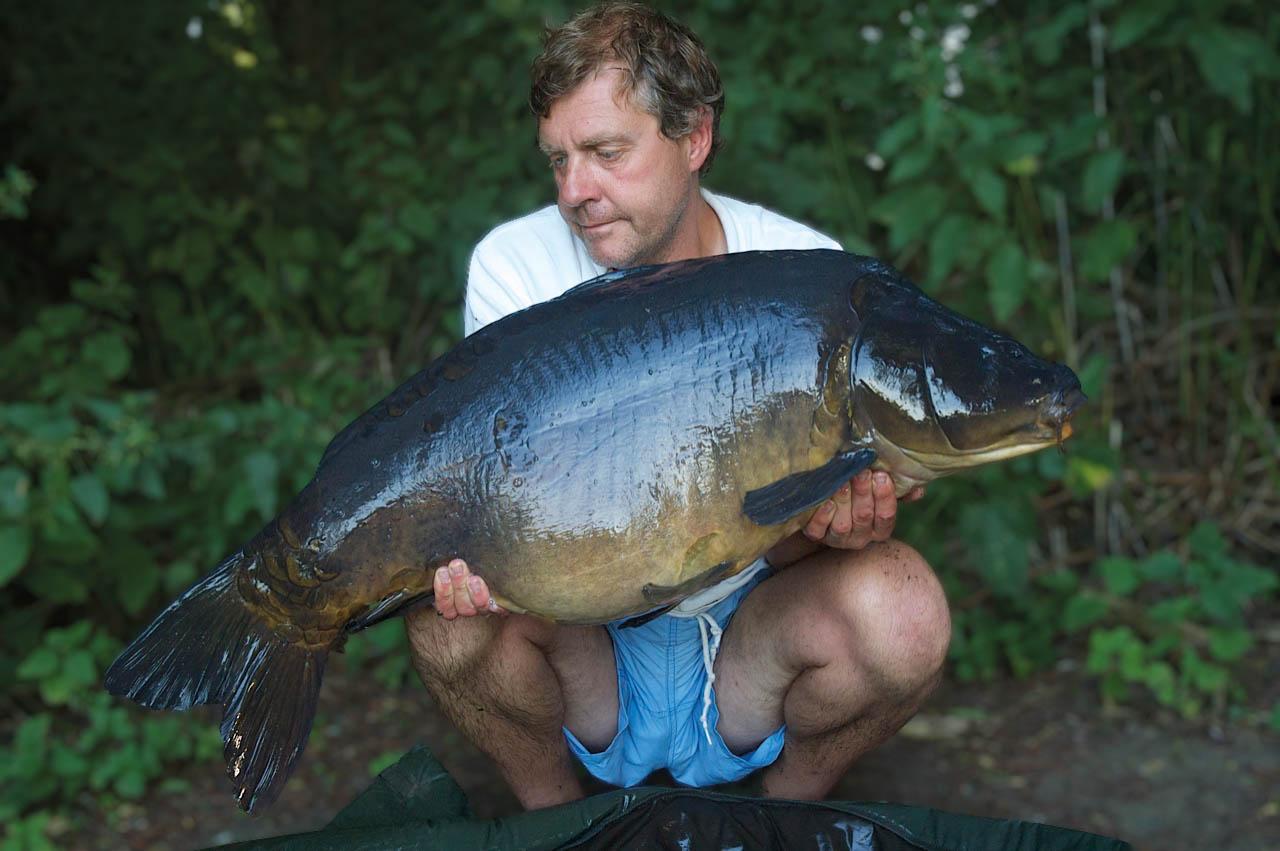
4. Baiting Snags
On so many lakes I have fished over the years, anglers have baited the snags. Anglers often like to see their bait getting eaten in these snags, as it gives them confidence in the bait they are using, and this I understand. Throwing a few boilies into a snag and then watching as carp find them and consume them, won’t do any harm, but chucking a whole load as you leave is a ridiculous thing to do.
I remember when I fished Longfield as a teenager, I saw just that happen. The carp soon sussed out their food source in the safety of the snags, and never fed away them. I never threw any bait in the snags whilst I was there, and would also tell other anglers not to. The carp soon headed out into the lake, where it was fishable. Baiting on the edge of a snag, however, is a different ball game, if doing so is not going to result in lost fish. Personally, I don’t like losing carp, and so try to concentrate my bait well away from any underwater woodwork.
I hope you have picked up some useful tips from these articles, and are able to use them as you look to get amongst some good fish. With spring just around the corner, I’m ready to put some into practice myself!
